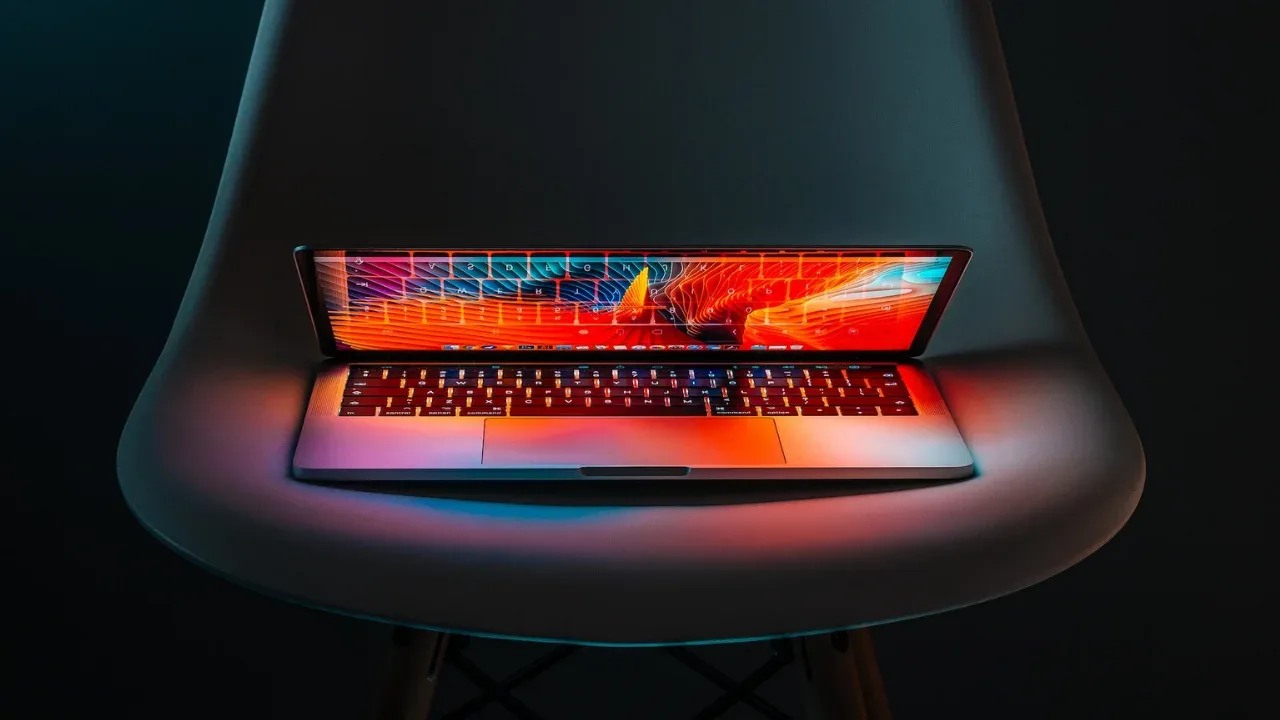What is the difference between px, dip, dp, and sp?

Understanding the Difference Between px, dip, dp, and sp: A Beginner's Guide 📏
Are you perplexed by the terms px, dip, dp, and sp? Don't worry, you're not alone! Many beginners and even seasoned developers struggle with understanding the differences between these units of measure in the world of mobile app development. In this blog post, we'll demystify these terms and provide you with an easy-to-understand guide to help you navigate through this confusing terrain. Let's get started! 🚀
📐px (Pixels)
Pixels (px) are the most basic unit of measure in digital design. They represent a single dot of color on a screen. When you specify dimensions in pixels, you're essentially telling your device or screen to render an element with a specific number of pixels in width or height. For example, if you set a button's width to 120px, it will occupy exactly 120 pixels on the screen.
While pixels are widely used, they have a downside when it comes to responsiveness. They do not scale well on different screen sizes and resolutions. So, using px for layout on multiple devices is not recommended.
📏dip (Density-independent Pixels)
Density-independent pixels (dip) are a unit of measure commonly used in Android development. They are similar to pixels but take device density into account. A device's density is the number of pixels per inch (PPI) in its display. Dip allow developers to create layouts that scale effectively across devices with different densities.
For example, if you set a button's width to 120dip, it will appear roughly the same physical size across different Android devices, regardless of their screen densities.
📏dp (Density-independent Pixels)
Dp stands for density-independent pixels, and it's similar to dip. In fact, both dip and dp represent the same thing in Android development. The term "dp" was introduced later to align with the International System of Units (SI) and provide a more standardized way of expressing device-independent measurements. So, when you hear someone mention dp, just know that they're referring to the same concept as dip.
📏sp (Scaled Pixels)
Scaled pixels (sp) are also used in Android development, but they have a distinct purpose. While dp and dip are primarily used for sizing UI elements, sp is specifically designed for text size. It stands for "scaled pixels" because it dynamically scales based on the user's preferred font size settings on their device.
Using sp for text size ensures that your app's text remains legible and accessible for all users, regardless of their visual preferences. It allows users to adjust their system font size, and your app's text will adapt accordingly.
🛠️ Common Issues and Easy Solutions
One common issue developers face is choosing the right unit of measure for their apps. Here are a few easy solutions to help you make the best choice:
Use dp (or dip) for most UI element sizes. It ensures consistent sizing across different devices and densities.
Example:
<Button
android:layout_width="200dp"
android:layout_height="50dp"
... />Use sp for text sizes, especially for long passages of text.
Example:
<TextView
android:layout_width="wrap_content"
android:layout_height="wrap_content"
android:textSize="18sp"
... />Avoid using px for layout purposes, as it may result in inconsistent rendering across various devices.
💬 Call-to-Action: Share Your Experience and Learn More! 🌟
Understanding the differences between px, dip, dp, and sp is essential for creating high-quality, responsive mobile apps. We hope this guide has helped shed some light on these units of measure for you!
If you found this blog post helpful, don't forget to share it with your fellow developers and leave a comment about your experience with these units. Also, feel free to explore more about app development best practices on our website!
Happy coding! 💻
Did you find this blog post useful? Share it with your friends on social media to help them understand the differences between px, dip, dp, and sp!
Take Your Tech Career to the Next Level
Our application tracking tool helps you manage your job search effectively. Stay organized, track your progress, and land your dream tech job faster.



